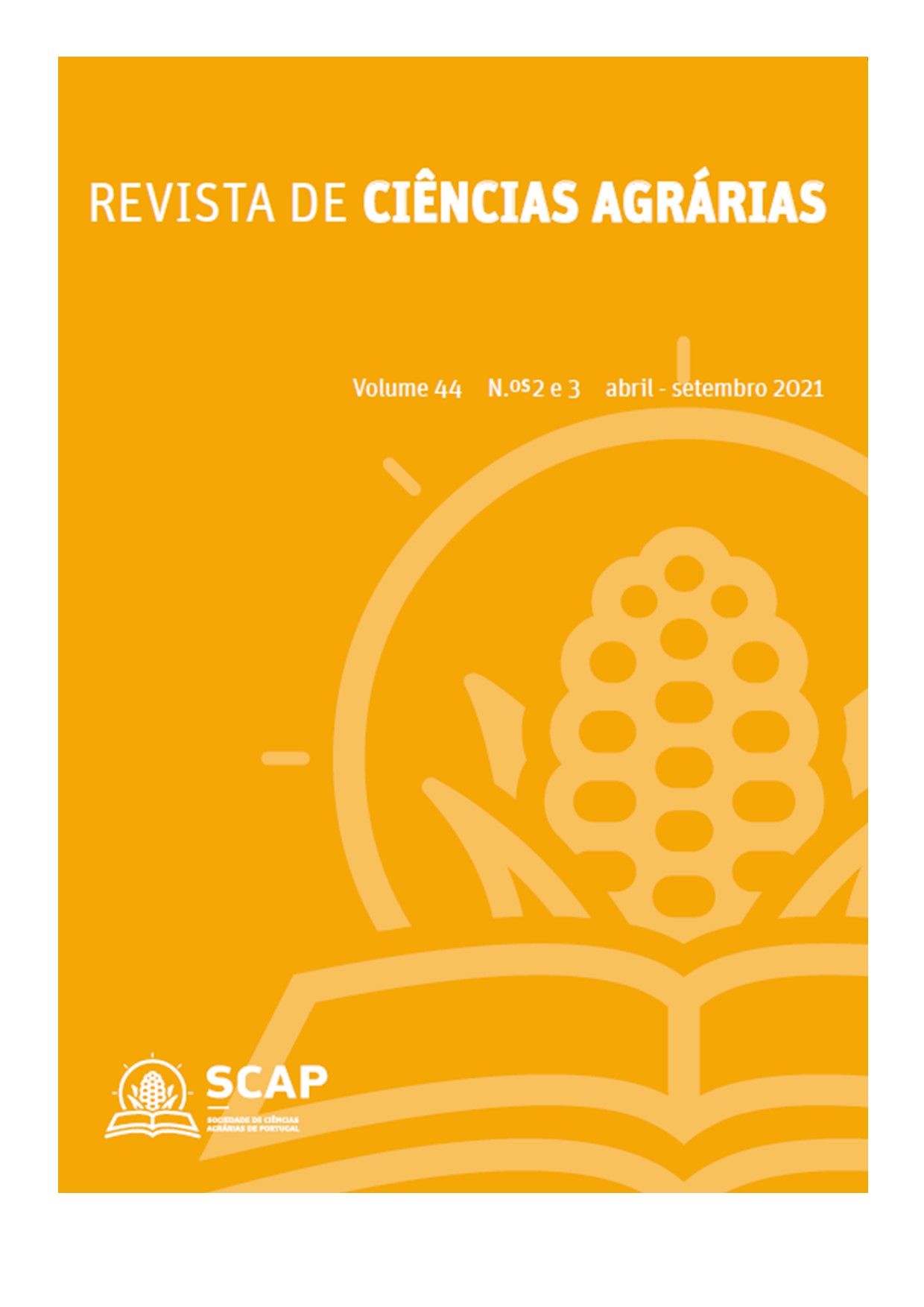Fatores moleculares no metabolismo fundamental de Phytophthora cinnamomi
Molecular factors in the fundamental metabolism of Phytophthora cinnamomic
DOI:
https://doi.org/10.19084/rca.24616Abstract
Phytophthora cinnamomi is a diploid Oomycete that lives in the soil and is the cause of the death of countless plants worldwide. In Portugal the production of European chestnut is found mainly in the northern region where more than 80% is concentrated mainly in the region of Trás-os-Montes, making it a very valuable economic source for the region. European chestnut ink disease is a pathology caused mainly by P. cinnamomi and poses a threat to the preservation of chestnut (Castanea sativa Miller). The main objective of this work is the identification of genes that express proteins related to the fundamental metabolism of P. cinnamomi, through the use of bioinformatics tools. The genome of this microorganism is deposited in the biological database NCBI (National Center for Biotechnology Information) and through the sequences of this genome, ORFs (open reading frames) that code for proteins associated with fundamental metabolism were identified. With bioinformatics tools we can also predict the subcellular location, the three-dimensional structure, the physical-chemical characteristics and the characterization of the domains of these proteins.


